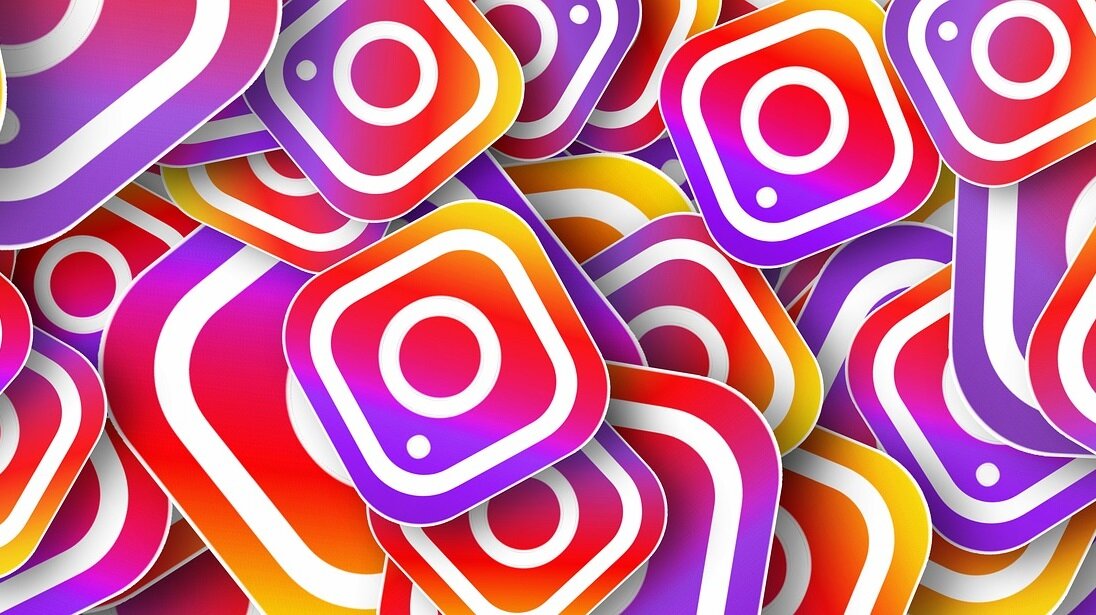Last updated May 10, 2018 at 11:45 am
Can machine learning really predict how successful your next Instagram picture will be?

A chatbot created by the team at BBC Tomorrow’s World is designed to show how machine learning can be useful and give insight into artificial intelligence.
“The bot was taught to pick out features such as colour, landmarks and human emotions,” the BBC website says.
“When these features were cross-referenced with how influential the pictures were on Instagram, we were able to develop an algorithm the chatbot could use to analyse pictures it hadn’t seen before.
Through this analysis, we can give the user an influence rating that will roughly equate to how much impact an image will have when posted on their Instagram account.”
The assumption here is that it predicts likes on Instagram. An influence rating is also hard to judge in terms of scale. Obviously the higher the score, the better – but without a point of reference it was hard to tell what is really “influential”.
The definition of influence is also quite vague – does influence in the chatbot developer’s world mean what will receive the most likes?
Just for fun
We ran four images from some of our recent stories and gave it to the chatbot to find out the assessment of it.
Pick what you think the chatbot deemed the best photo out of these four images from our recent stories:
Answer:
Person on stage.
The scores given by the Instagram chatbot:
- Octopus in ocean (53)
- Rice paddy (80)
- Person on stage (98)
- Nebula in space (6)
Is that what you would have guessed? Me, neither!
From the chatbot, I’ve been told that shades of blue are one of the favourite colours as they evoke feelings of serenity and calmness. Seeing people, particularly happy people, will make people react well to an image. Another trend on Instagram is including a landmark makes it more relatable, and thus more likely to induce a reaction from others. The chatbot also told me that the most common subject, and one of the most popular hashtags on Instagram is breakfast.
According to the chatbot, the most influential picture on Instagram should be a smiling selfie outside the Eiffel Tower on a day with bright blue skies. Perhaps with a croissant in hand. #breakfast
Yet, the most influential picture, aka the most liked photo on Instagram is Kylie Jenner’s announcement of her newborn daughter’s name with 17.9 million likes.
Becoming insta-famous isn’t so easy
As far as I can tell the chatbot doesn’t take into consideration on factors such as the ratio of the image. For those who aren’t familiar with Instagram this ranges from landscape, to square, to portrait images – with square the default shape.
It also doesn’t take into factor the influence of hashtags which are ubiquitous on the photo-sharing app. The use of certain hashtags will easily conflate or if you want to delve into the world of shadow-banning (certain hashtags which can result in harmful or negative images) the influence of an image.
Other factors in social media that any social media manager will point out which could impact the influence of an image can range from everything from the time of posting to the words written with the post to how influential your followers are.
The chatbot takes advantage of the already social media engaged user (the chatbot is built within Facebook’s Messenger platform and requires an already existing Instagram account) to open the debate and science about how social media affects our lives.
Related: Social networking sites may be controlling your mind – here’s how to take charge
The difficulty of AI
One of the immediate problems around artificial intelligence is that even though it has the ability to learn, it requires more data to constantly re-calculate and integrate in the algorithm it is built on. For example, this chatbot took into account the number of follows from an Instagram account, as well as the number of likes previous images have received on that account on top of identifying features that it’s algorithm has been already told makes an image impactful.
You may note that this then means that biases can be built into AI, and you’re correct. This is definitely an ethical problem that people are already discussing and addressing, like this group called the Algorithmic Justice League.
However, the clever thing about machine learning is that it has “the ability to automatically learn and improve from experience without being explicitly programmed.” In other words, as in takes in more data from what is success from more people’s accounts.
Almost serendipitously, the chatbot asks, “Now that you’ve watched my analysis, would you change what you post on Instagram?”
Whether your answer is yes or no, you’ve probably learnt a few things about machine learning and artificial intelligence.
For now, AI and machine learning systems continue to be integrated into our lives at increasing speed. Algorithms underpin our use of social media in ways that are incredibly complex.
Read more about the Instagram chatbot and try it yourself: bbc.co.uk/taster/pilots/tw-machine-learning






























































































































































































































































